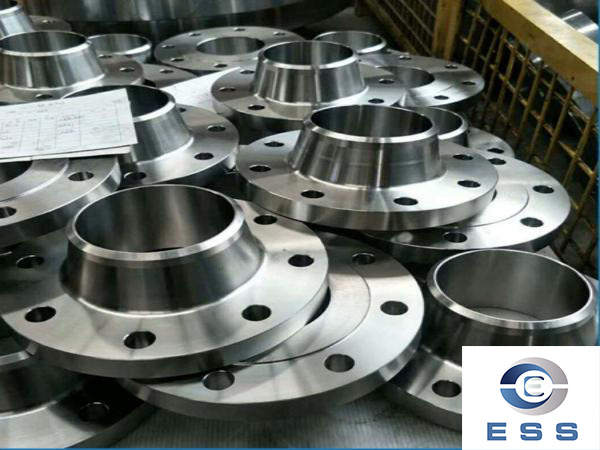Causes of flange damage

Material quality issues
The quality of the flange directly affects its service life and safety performance. If the material quality is not up to standard, problems such as flange deformation and cracking may easily occur, eventually leading to leaks and accidents. Common material quality problems include the following:
1. Material quality is not up to standard. Processors are mostly made of carbon steel, stainless steel, etc., and must be manufactured using material technology that meets standards, otherwise the service life of the processor will be significantly reduced.
2. The material has not been heat treated. After testing by some units, one of the main reasons for flange deformation is that the flange material has not been heat treated. Heat treatment can increase the strength and toughness of steel, improve tensile strength and impact resistance, and play an irreplaceable role in improving the service life and safety performance of flanges.
Improper installation issues
When installing the flange, you should also pay attention to some issues, otherwise it will be easily damaged. Here are some examples of improper installation:
1. The tightening force and tightness of the flange connecting bolts are uneven, resulting in flange deformation and leakage.
2. The number of flange connection bolts is insufficient. It is best to purchase bolts with a strength of at least 8.8 and pay attention to the length of the implant. For flanges with a nominal diameter other than M20, high-strength bolts exceeding 8.8 should be used.
3. When installing the flange, no backing plate is added in the middle or the backing plate added does not meet the standard requirements, which may easily cause the flange to deform.
Conditions of use issues
When using flanges, some usage conditions should also be noted, including:
1. Overload use. Using the flange beyond its nominal pressure range will cause the flange material to be overloaded and the flange itself to undergo plastic deformation. In severe cases, serious accidents such as cracks and bursts may occur.
2. Medium corrosion. Many media are corrosive, and long-term effects will corrode the flange, causing it to be deformed or even damaged.
Improper maintenance
During the maintenance process of the pipeline system, if inspection, maintenance and replacement of aging parts are not carried out regularly, the damage and cracking of the flange will be accelerated.
In order to avoid the above problems, users can take the following measures:
1.Choose good quality flanges and bolts from a qualified flange supplier. When selecting flanges and bolts, you should first understand the relevant standards and then choose products that meet the requirements.
2. Install the flange according to relevant standards. When installing flanges, you should carefully read the relevant standard requirements and select appropriate gaskets and bolts.
3. Avoid overload use. When using flanges, they should be used strictly in accordance with the nominal range of the product, as well as pressure, temperature and other operating conditions to prevent overloading.
4. Carry out regular maintenance. Regularly checking the condition of the flange and detecting problems in time can avoid more serious accidents.
In short, flange damage mainly involves many aspects such as material quality, improper installation and usage conditions. Users should pay attention to the above issues to ensure the safe and reliable use of flanges.













 Eastern Steel Manufacturing Co.,Ltd not only improve product production and sales services, but also provide additional value-added services. As long as you need, we can complete your specific needs together.
Eastern Steel Manufacturing Co.,Ltd not only improve product production and sales services, but also provide additional value-added services. As long as you need, we can complete your specific needs together.










